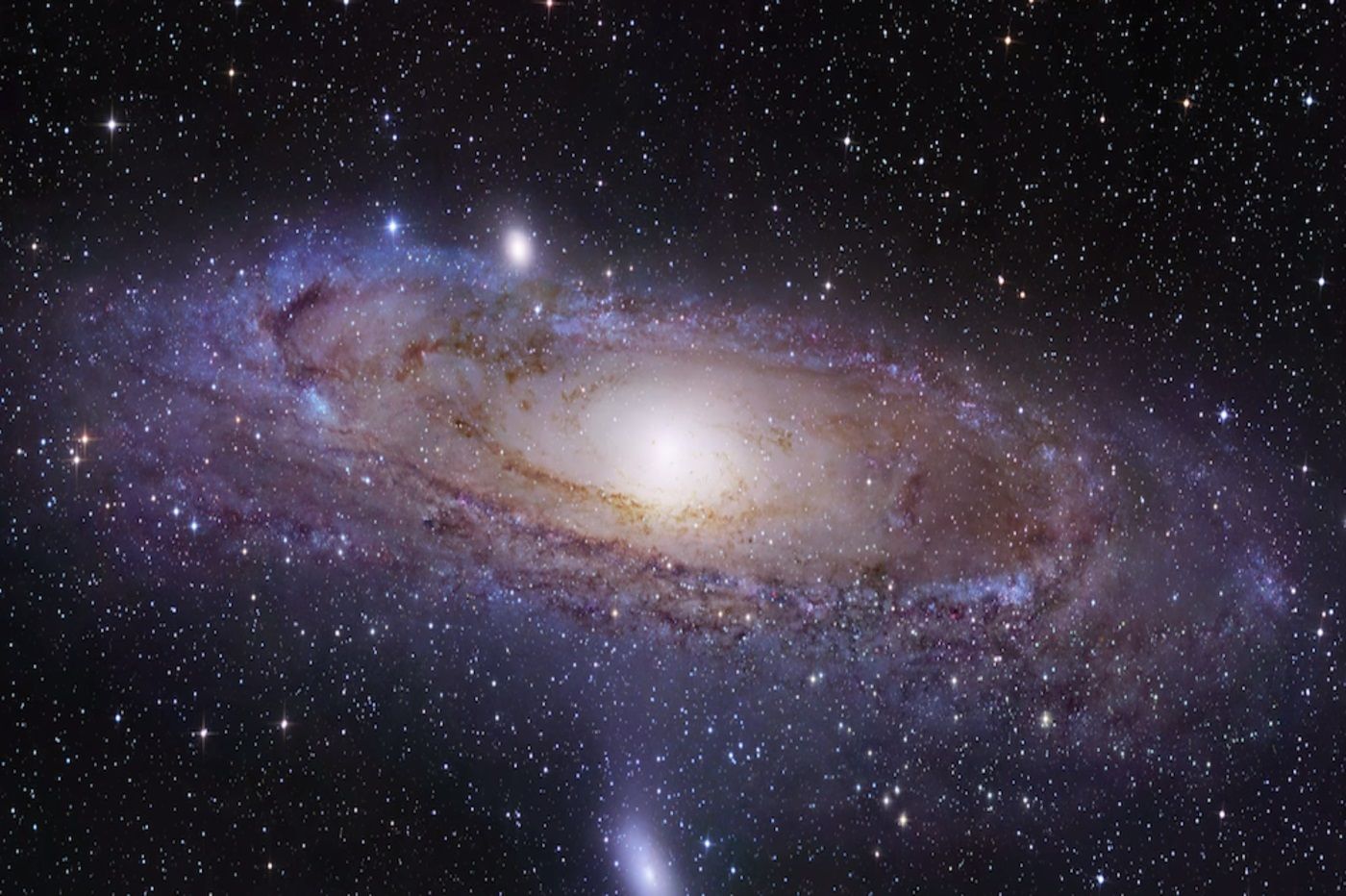The oldest galaxy detected would have been born 300 million years after the Big Bang
“Old is beautiful” : two studies published Astrophysical Journal and Monthly Notices of the Royal Astronomical Society Letters conclude that the star HD1 is the farthest (and therefore the oldest) ever detected (record value of z/redshift). This conclusion emerges from analyzes of observations of HD1, which was targeted for nearly 1200 hours by many telescopes, including the Japanese Subaru Telescope in Hawaii, ESO’s Vista Telescope, and the Spitzer Space Telescope (in discontinued since 2020). The analysis of the distance of HD1 was confirmed thanks to Alma (Atacama Large Millimeter/submillimeter Array).
According to scientists, HD1 would have appeared about 13.5 billion years ago, only 300 million years after the Big Bang. HD1 is therefore the oldest space object ever detected, even older than the star Earendel which hit the scientific headlines two weeks ago, the latter being born 900 million years after the Big Bang, and even more older than the galaxy GN-z11, which appeared in the universe 400 million years after the Big Bang.
But what is HD1? Scientists initially predicted a quasar with a supermassive black hole, but now also raise the possibility that the object is actually a galaxy star burst, a galaxy that is generating stars at a very high rate (hence the term “starburst”). In the case of the very old HD1, we could even speak of a super-starburst galaxy, with more than 100 stars formed each year! The very powerful James Webb telescope will undoubtedly make it possible to decide on these fine hypotheses.


